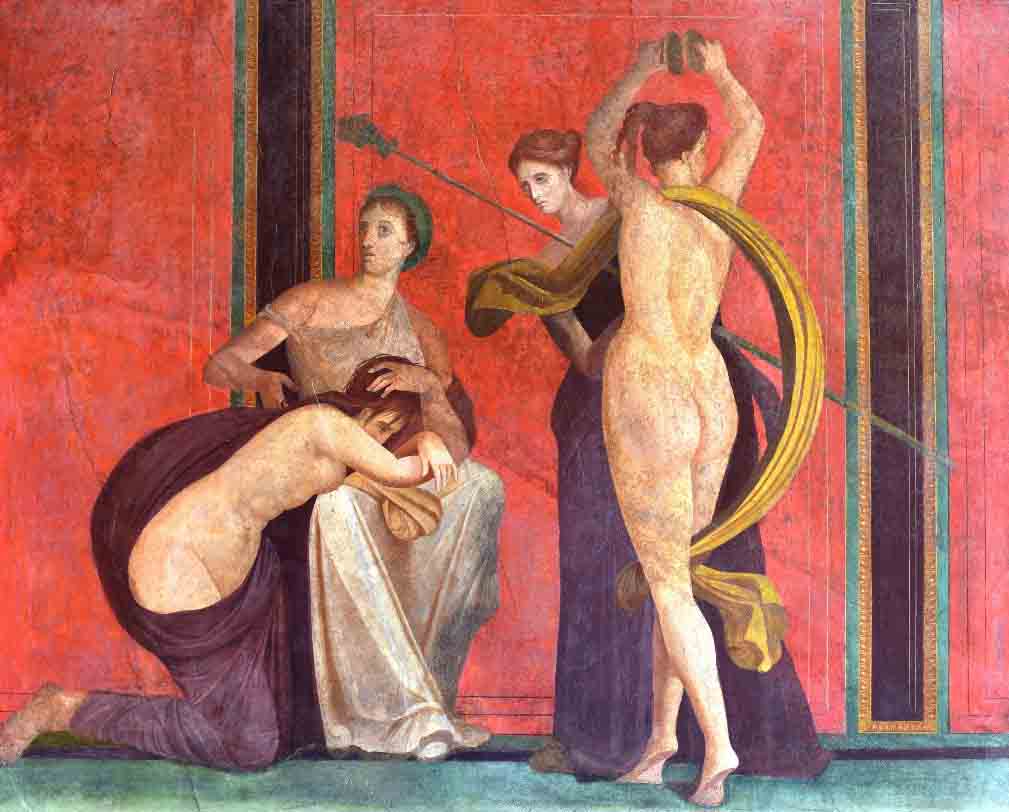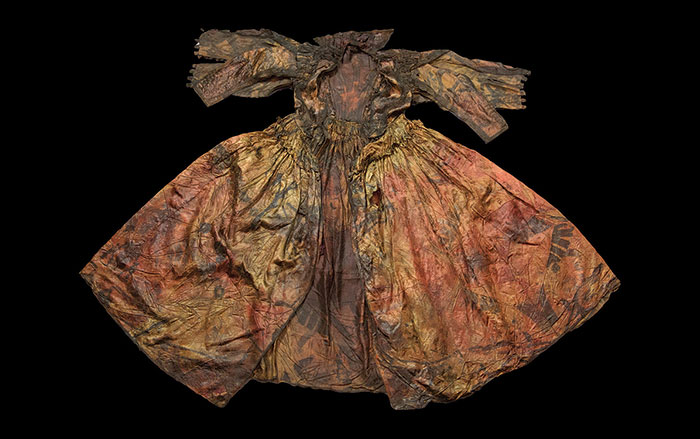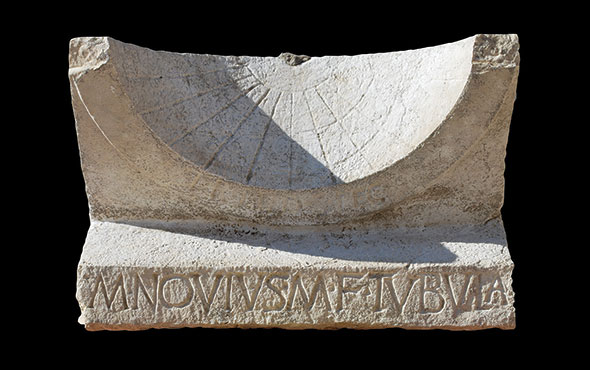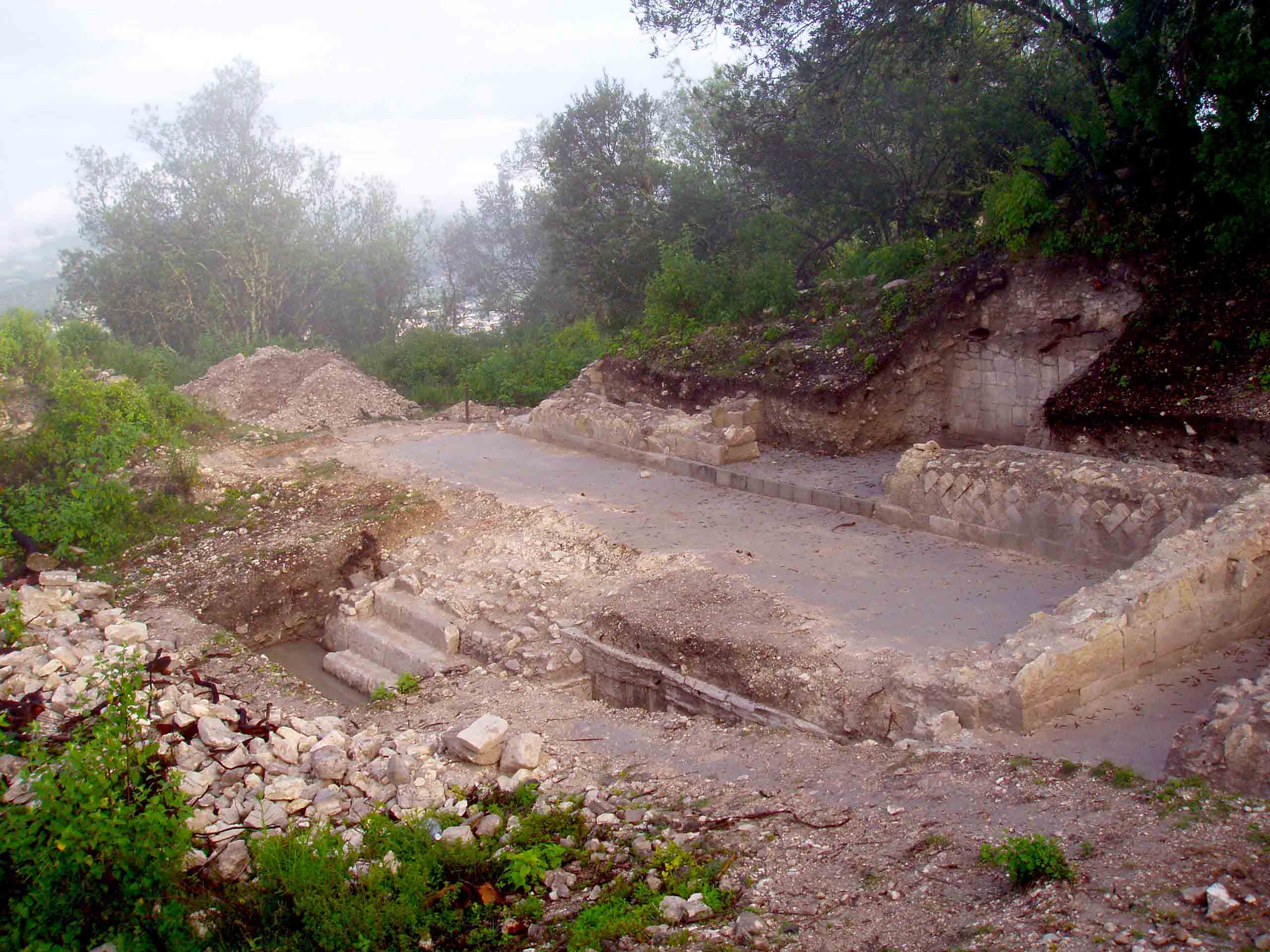
BASEL, SWITZERLAND—According to a Live Science report, a wad of 2,000-year-old papyrus from the collections of the University of Basel has been restored and translated, revealing a previously unknown composition. An examination of the papyrus with ultraviolet and infrared light revealed the sheets may have been stuck together, possibly to be reused as a bookbinding. Once a restorer separated the wad into individual sheets, the Greek text could be read. Ancient historian Sabine Huebner explained the papyrus bears a medical text that may have been composed by the Roman physician Galen, who lived from A.D. 130 to 210. The text may also comprise a commentary on Galen's work, describing a phenomenon he called “hysterical apnea.” Women afflicted with this so-called condition did not suffer from a “wandering womb,” as was thought by other physicians of the day, Galen is known to have argued, but from “hysterical suffocation,” brought on by a lack of intercourse. “The majority of papyri are documents such as letters, contracts, and receipts,” Huebner said. “This is a literary text, however, and they are vastly more valuable.” To read about a papyrus discovered in Egypt in 1934 and only recently translated, go to “Divine Invitation.”










